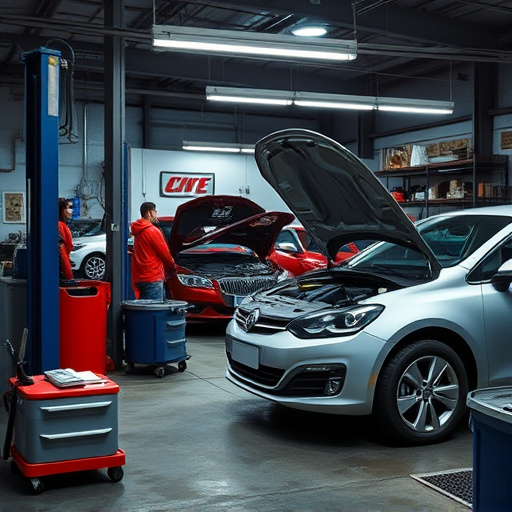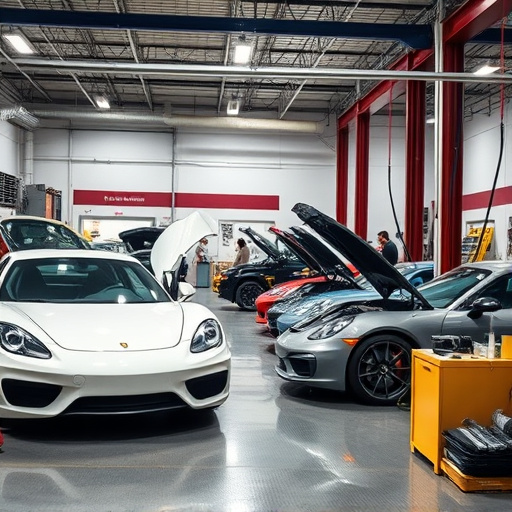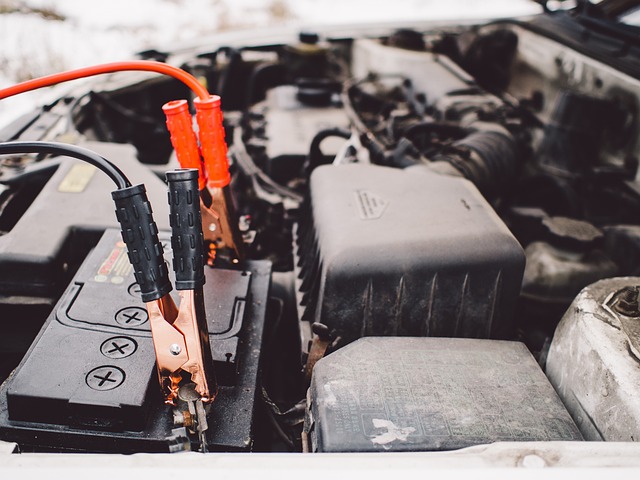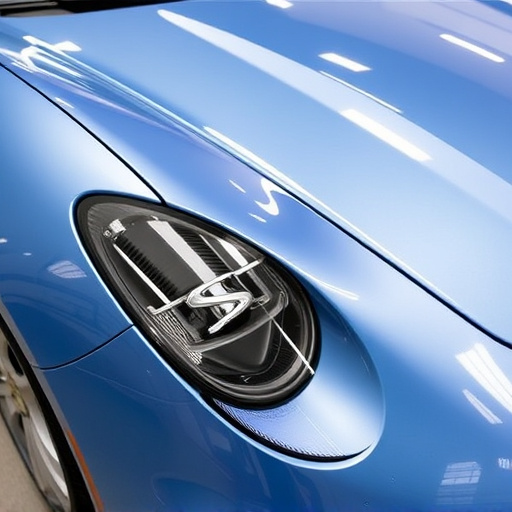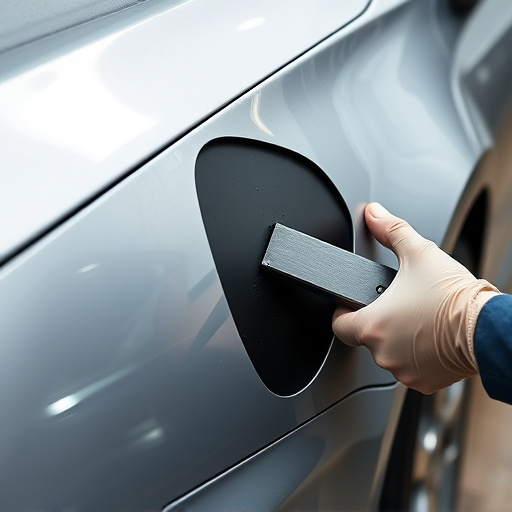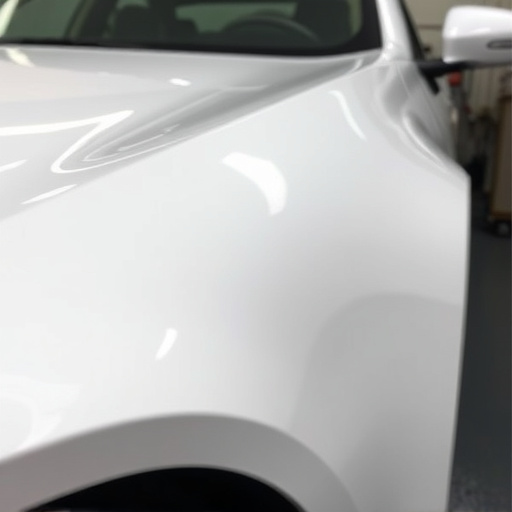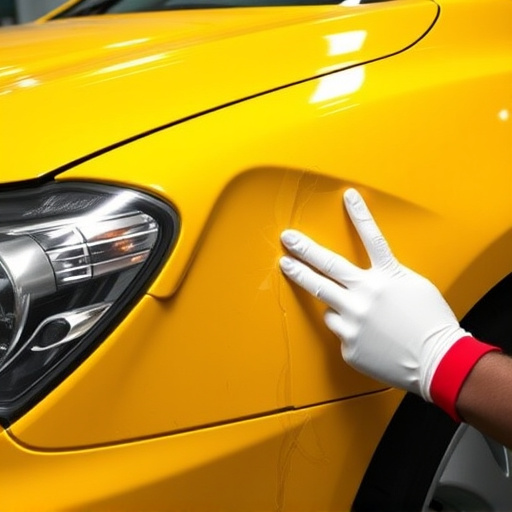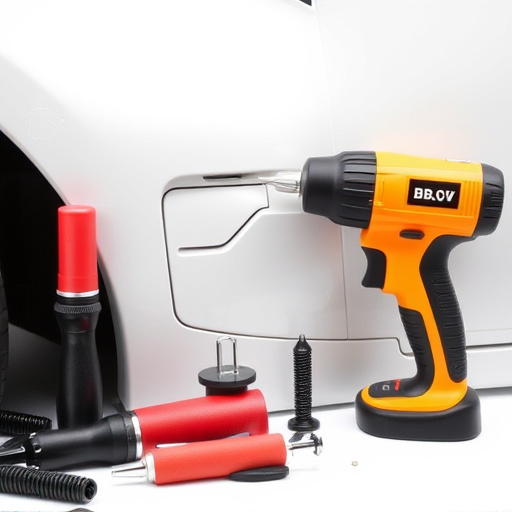The supplement process is a critical, collaborative effort among experts to enhance vehicle safety by addressing unique needs and gaps in regulations. It involves adding or modifying parts to strengthen structural integrity, improve collision performance, and integrate advanced safety technologies like airbags, seatbelts, crumple zones, collision avoidance systems, and adaptive cruise control. Regular maintenance ensures these supplements remain effective, boosting driver confidence and protecting occupants on the road.
In today’s automotive landscape, ensuring vehicle safety is a multifaceted endeavor. The supplement process plays a crucial role in meeting and exceeding stringent safety standards. This article delves into the intricacies of the supplement process, exploring how it enhances vehicle safety features. We examine key roles and responsibilities within this process, highlighting its impact on improving overall vehicle security. By understanding these dynamics, stakeholders can navigate the complexities and contribute to safer motoring.
- Understanding the Supplement Process in Automotive Safety
- Key Roles and Responsibilities in Supplementing Safety Standards
- Impact of Supplements on Enhancing Vehicle Safety Features
Understanding the Supplement Process in Automotive Safety

The supplement process plays a pivotal role in ensuring vehicle safety standards are met and maintained. It involves integrating additional components or modifying existing parts to enhance a car’s structural integrity, collision performance, and overall safety features. This meticulous procedure is particularly crucial when addressing specific needs that standard manufacturing processes may not cover. For instance, a fender repair or even a complete replacement might require unique materials or specialized techniques to guarantee both aesthetic restoration and enhanced safety during future collisions.
In the event of vehicle repairs, whether at a collision repair shop or for minor dents and dings, understanding the supplement process is key. It ensures that every repair, big or small, contributes to the overall safety of the vehicle. This includes selecting compatible materials that match the original equipment in terms of strength and flexibility, as well as ensuring proper installation techniques are employed. By integrating these supplemental components effectively, vehicle repair professionals can restore not just the physical condition but also the safety standards of cars, providing drivers with peace of mind on the road.
Key Roles and Responsibilities in Supplementing Safety Standards

The supplement process plays a pivotal role in enhancing vehicle safety standards, ensuring that cars meet the evolving needs and challenges on the road. It involves a dedicated team of professionals who are responsible for identifying gaps in existing regulations and developing innovative solutions to strengthen vehicle safety. These experts work collaboratively with regulatory bodies, automotive manufacturers, and research institutions to create and implement supplementary safety measures.
Within this process, key roles include engineers specializing in vehicle dynamics and crash testing, who design and conduct rigorous tests to evaluate the effectiveness of new safety technologies. Additionally, regulatory compliance officers scrutinize proposed supplements, ensuring they meet stringent criteria and align with industry best practices. Autobody repairs experts contribute by offering insights into structural integrity and material science, while those specialized in automotive repair technologies drive advancements in sensors, controls, and active safety systems. Together, these professionals foster a comprehensive approach to vehicle safety, addressing various aspects from dent repair to complex system integration, ultimately aiming to protect occupants and mitigate risks on the roads.
Impact of Supplements on Enhancing Vehicle Safety Features

The supplement process plays a pivotal role in enhancing vehicle safety features, adding crucial layers to the overall protection of motorists and passengers. By integrating specialized components and materials during manufacturing or as retrofits, auto makers can significantly improve crashworthiness, active safety systems, and overall performance in various driving conditions. For instance, supplements like advanced airbags, improved seatbelts, and enhanced crumple zones can better protect occupants from severe injuries during accidents.
Moreover, the supplement process enables the implementation of innovative technologies such as collision avoidance systems, lane departure warnings, and adaptive cruise control. These active safety features not only mitigate the risk of accidents but also offer drivers a higher level of confidence while behind the wheel. Regular auto maintenance and timely visits to an auto repair shop are vital for ensuring that these supplements remain effective, highlighting the importance of proper care and upkeep for enhanced vehicle safety standards.
The supplement process plays a pivotal role in raising vehicle safety standards, addressing gaps left by baseline regulations. By integrating advanced technologies and innovative designs, these supplements significantly enhance crashworthiness, passive and active safety systems. As the automotive industry evolves, a holistic approach to the supplement process becomes increasingly vital for ensuring vehicles meet the evolving needs and expectations of modern drivers.
